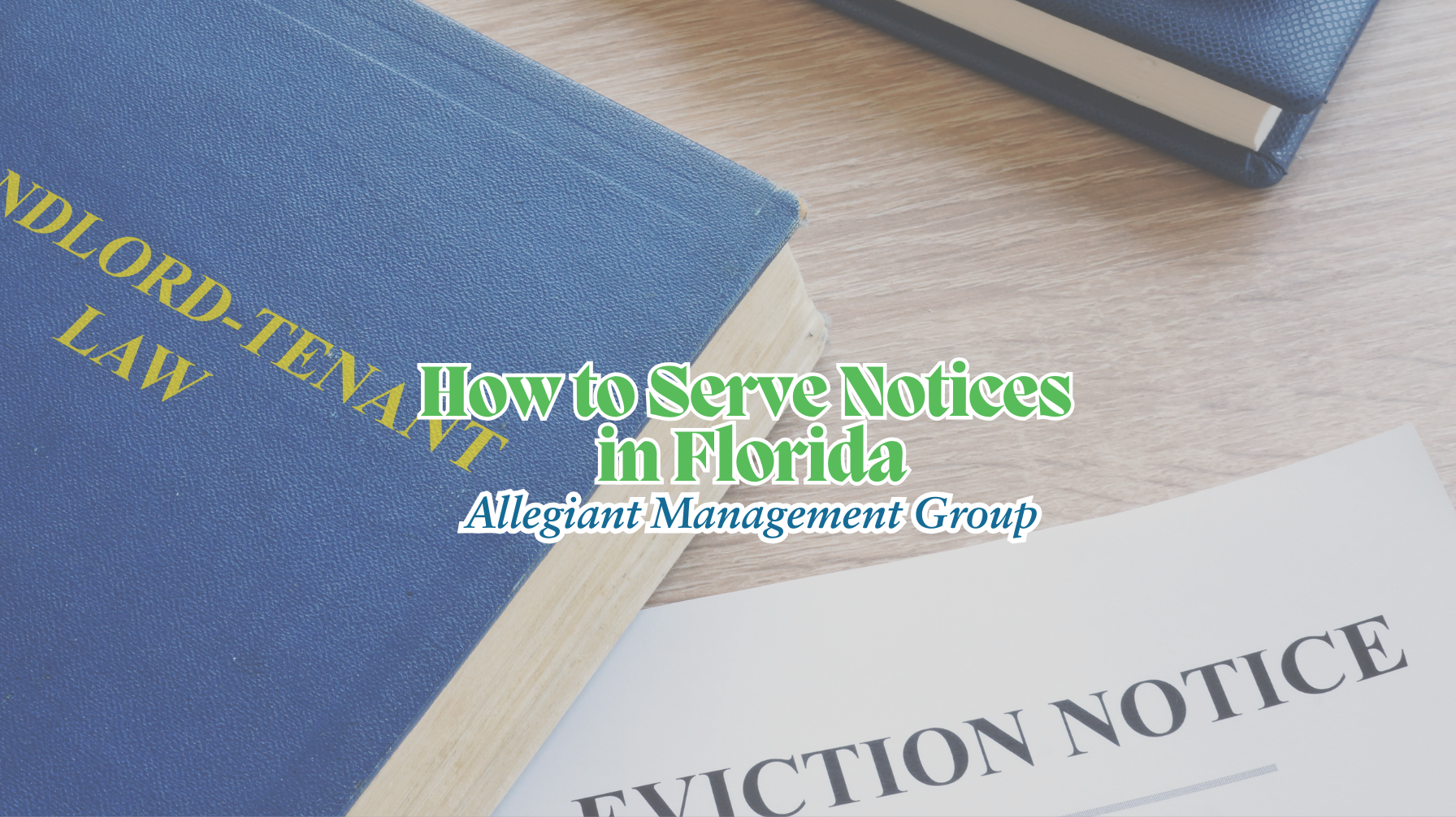Last Updated: October 3, 2025
Serving Legal & Compliant Notices in Florida
If you’ve come across this page, you’re likely preparing to post a notice. This guide explains how to do it correctly and legally—Florida-specific.
Before we begin, we’ll cover the most common notice types landlords in Florida use. We’ll review how to post and serve them later in the article.
Each notice has a specific purpose and must follow certain rules. This ensures tenants receive clear communication and that property owners comply with state laws.
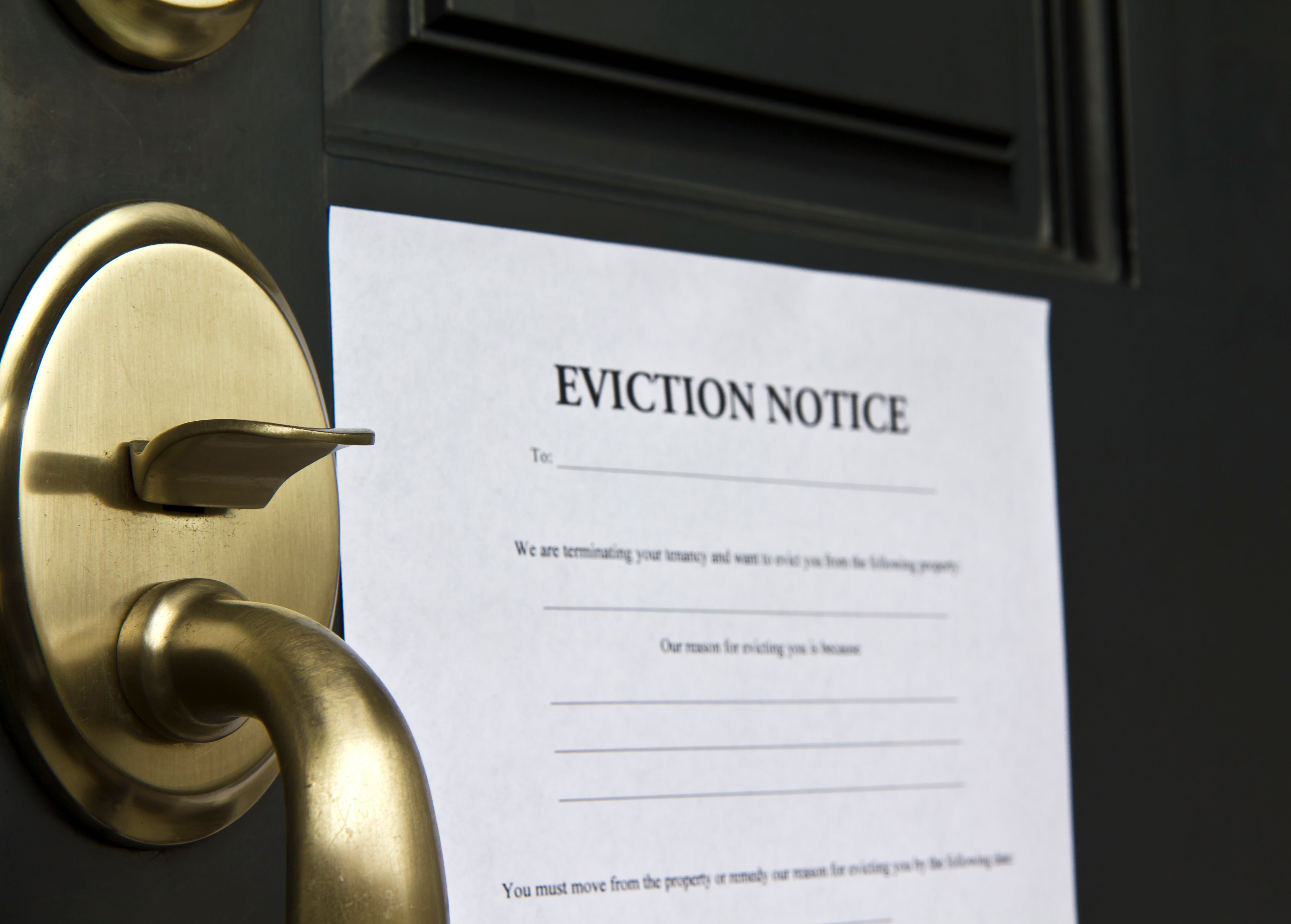
Pay or Quit Notice in Florida (3-Day Notice)
A “Pay or Quit” notice—often called a 3-Day Notice—is issued to tenants who have not paid rent. It provides three days to pay the full amount or vacate. If the tenant doesn’t comply, the landlord may proceed with eviction.
Be precise about the overdue amount and clearly state the deadline. Accurate day-counting prevents avoidable challenges.
Explain the notice clearly to the tenant and consider reasonable payment plans when appropriate—this can preserve relationships and reduce turnover.
Florida Eviction Notice Process
An eviction notice formally tells a tenant to vacate due to nonpayment or other lease breaches. The process varies by reason and must follow strict procedures.
Drafting requires a working knowledge of your lease agreement and Florida law. Specify the violation (e.g., nonpayment, damage, or other breaches of the lease) and keep thorough records.
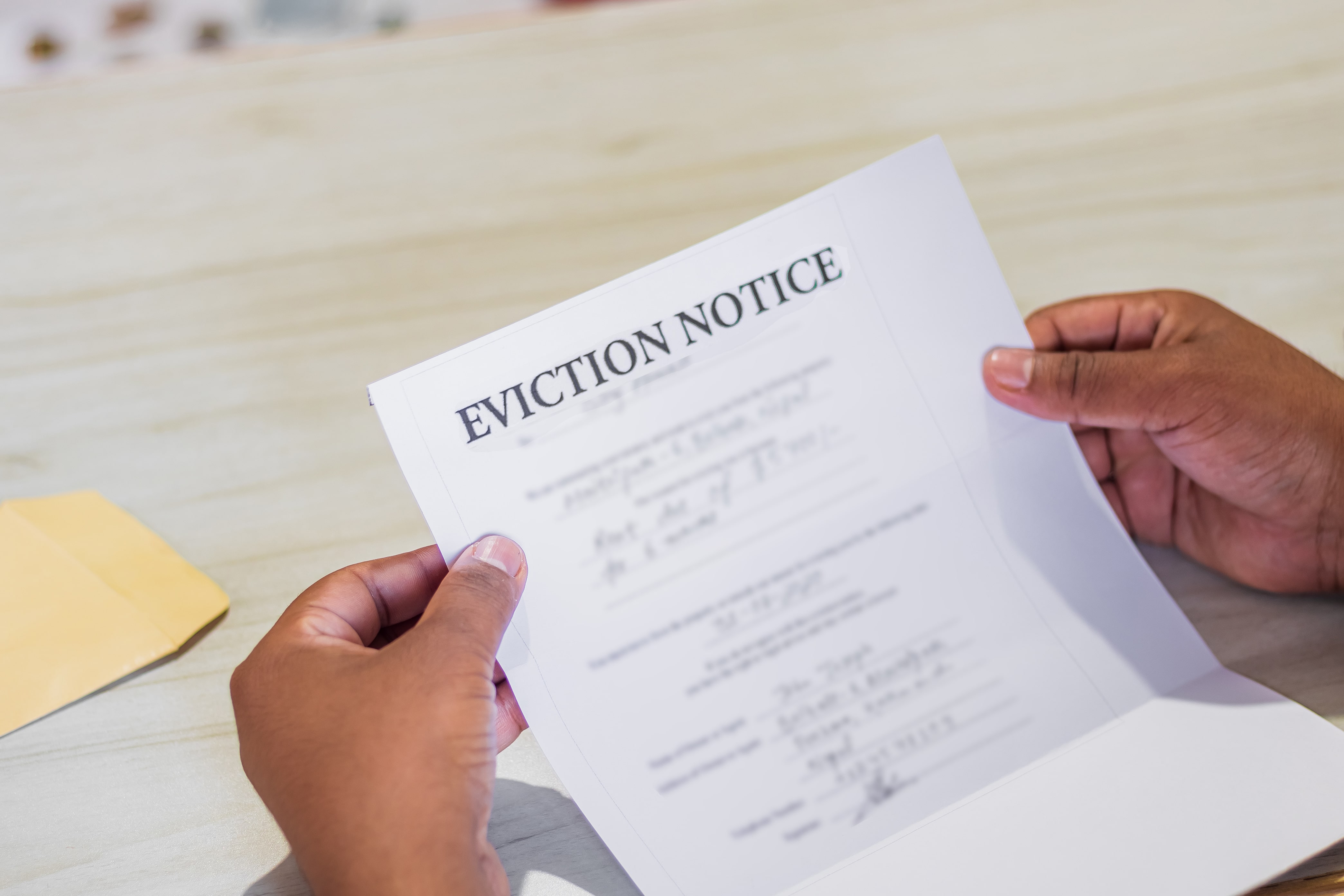
Other Florida Landlord Notices
Other common notices include lease-violation cure notices, notices of intent to enter, and month-to-month termination notices.
Lease violations: Outline the specific issue (unauthorized pets, noise, damage) and provide a reasonable period to cure. Clear communication often resolves issues without further action.
Intent to enter for maintenance/inspection: Provide reasonable notice—Florida defines it as at least 24 hours for repairs, and entry must be between 7:30 a.m. and 8:00 p.m. (Fla. Stat. §83.53(2)). See our guides on maintenance and inspections.
Month-to-month terminations: Use the correct timeframe per lease and statute (often 15 or 30 days), with precise language and delivery.
Legal Requirements for Serving Notices in Florida
Following Florida’s framework is essential to avoid disputes and keep notices enforceable.
Proper Formatting and Content
Include the essentials:
- Tenant name(s)
- Property address
- Specific lease violation(s) or unpaid amount
- Exact cure/comply actions and deadline
Use clear, plain language and provide contact details for the landlord/manager. For reference, review Florida’s landlord-tenant laws (see summary PDF).
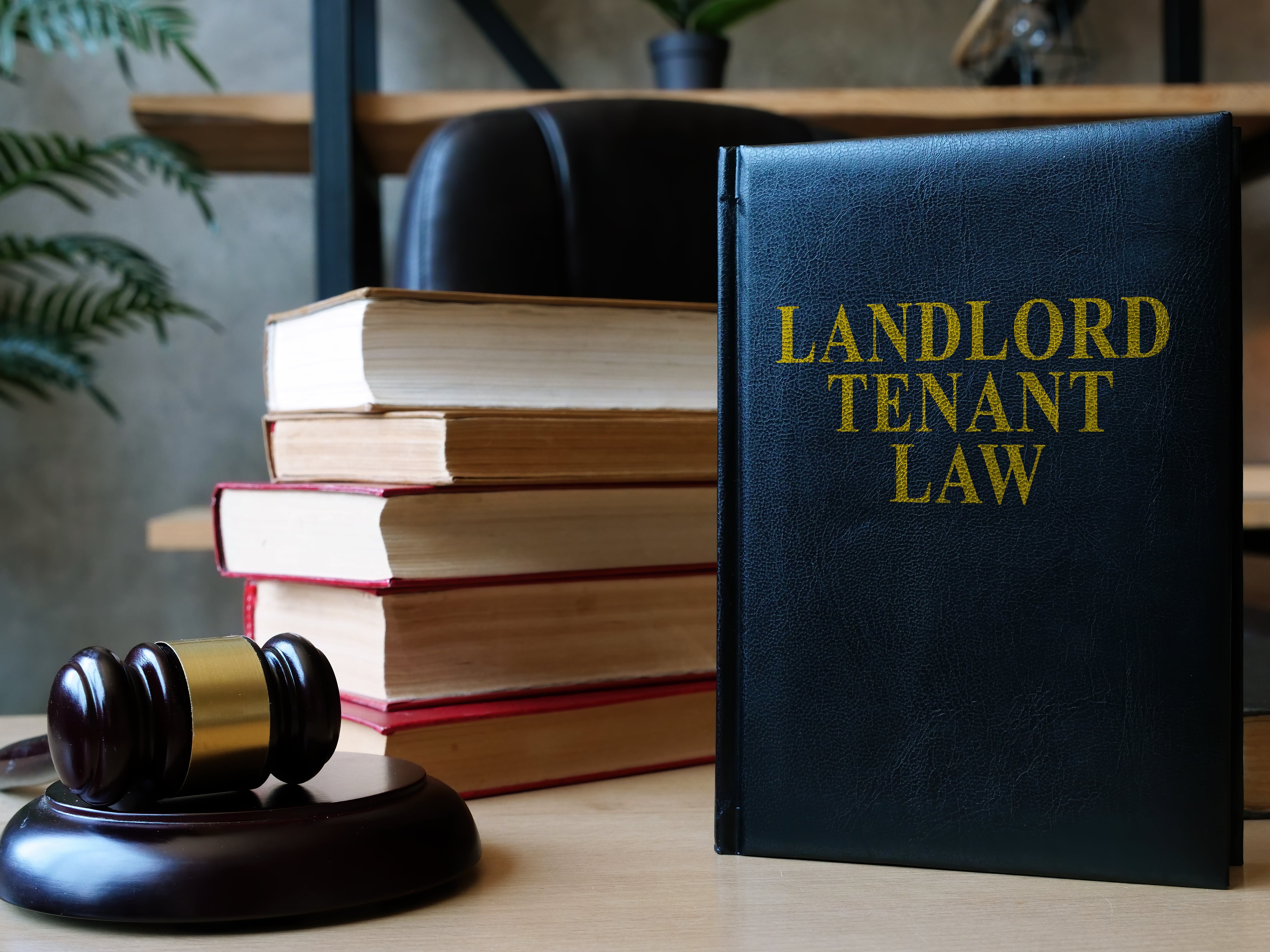
Delivery Methods
Florida commonly recognizes:
- Personal service to the tenant by property manager or process server.
- Posting conspicuously at the unit when the tenant is unavailable (document with date-stamped photos).
- Certified mail with return receipt requested.
Choose the method that best fits the situation and keep proofs of service.
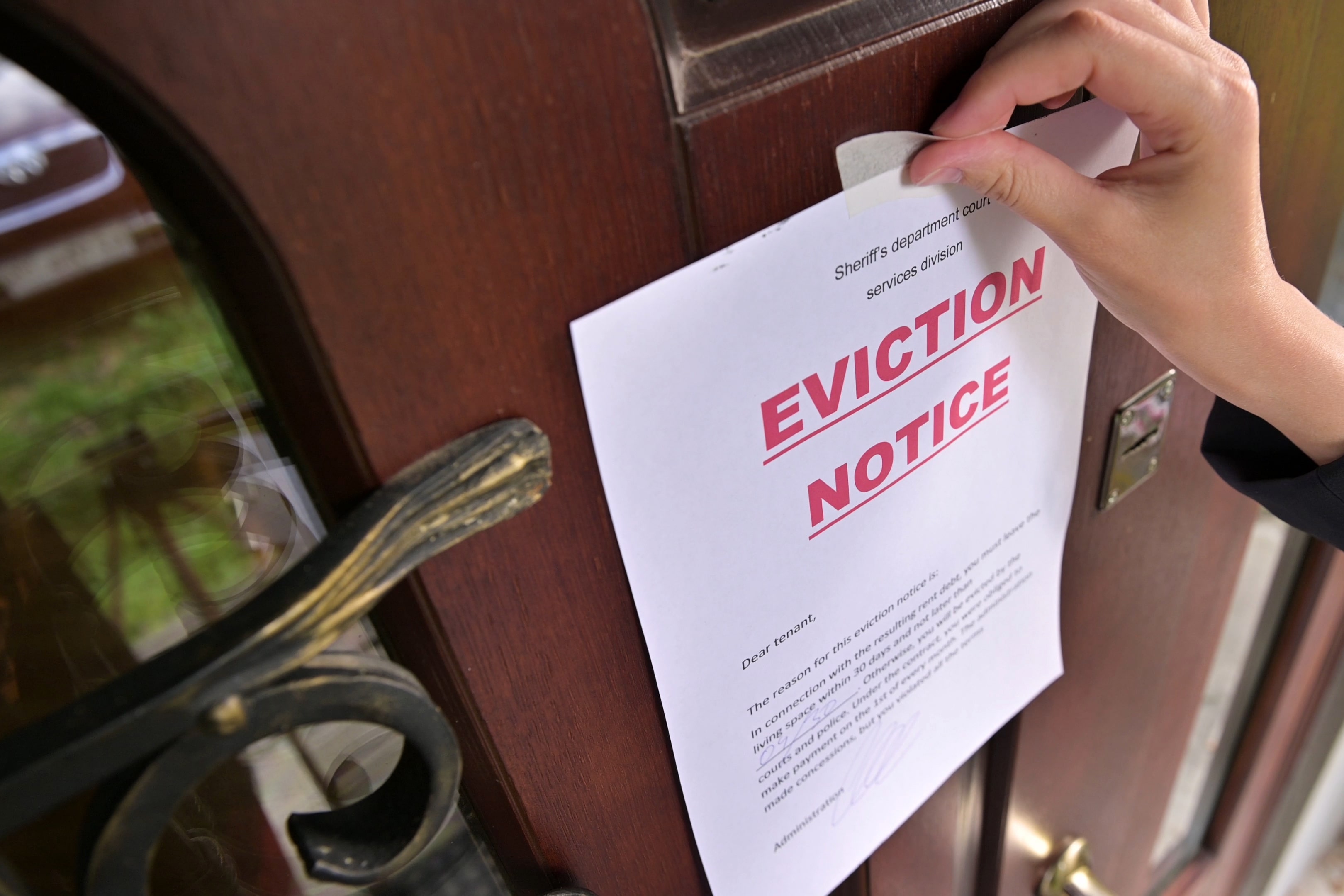
Timing and Deadlines
Timing is critical. For a 3-Day Pay or Quit, exclude weekends, court-observed legal holidays, and the day of service (§83.56(3)). Track deadlines carefully to avoid invalidating the notice.
The Process of Serving an Eviction Notice
The eviction process starts with proper notice and advances step-by-step.
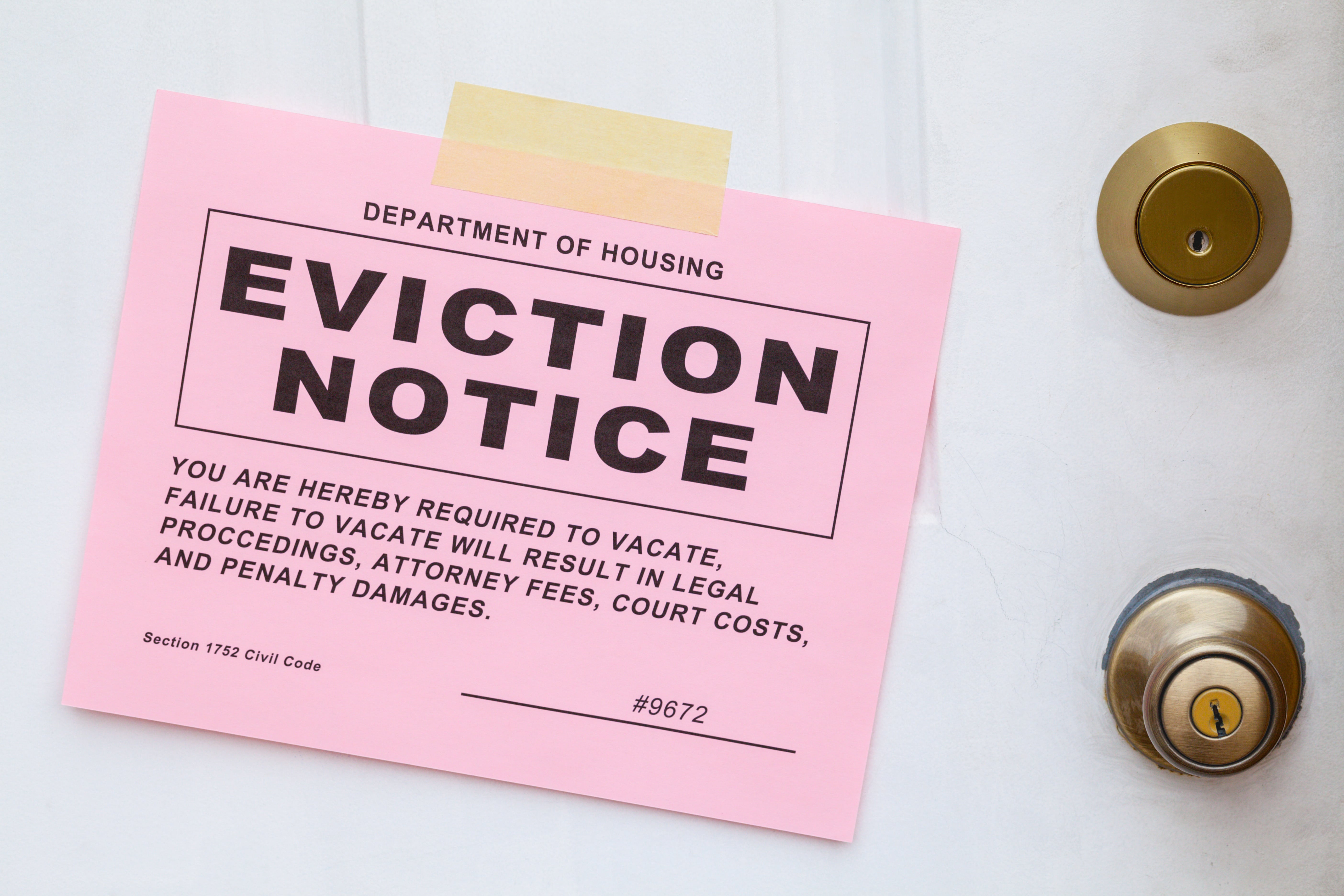
Step 1: Draft the Florida Eviction Notice
State the reason, deadline to comply/vacate, and cite relevant lease clauses/statutes. Templates aligned with Florida standards help, but customize for the situation.
Step 2: Serve the Notice
Select a compliant delivery method and document how, when, and where service occurred (keep copies, photos, receipts).
Step 3: File for Eviction
If the tenant doesn’t comply, file an eviction lawsuit in county court. Prepare a complete complaint with exhibits (lease, notices, proof of service, ledger). You may also review our guide on unlawful detainers (used for occupants without a landlord-tenant relationship under Ch. 82).
Step 4: Court Proceedings
Both parties can present evidence. If judgment enters for the landlord, the clerk issues a Writ of Possession; the sheriff posts 24-hour notice before restoring possession (see §83.62 excerpt).
Step 5: Enforcement
Coordinate with the sheriff for lock-out logistics, prepare for removal of belongings, and plan any needed repairs to minimize downtime.
Challenges and Considerations
Legal Pitfalls
Errors in wording, delivery, or timing can delay or derail your case. Stay current on Chapter 83 and consult counsel when needed.
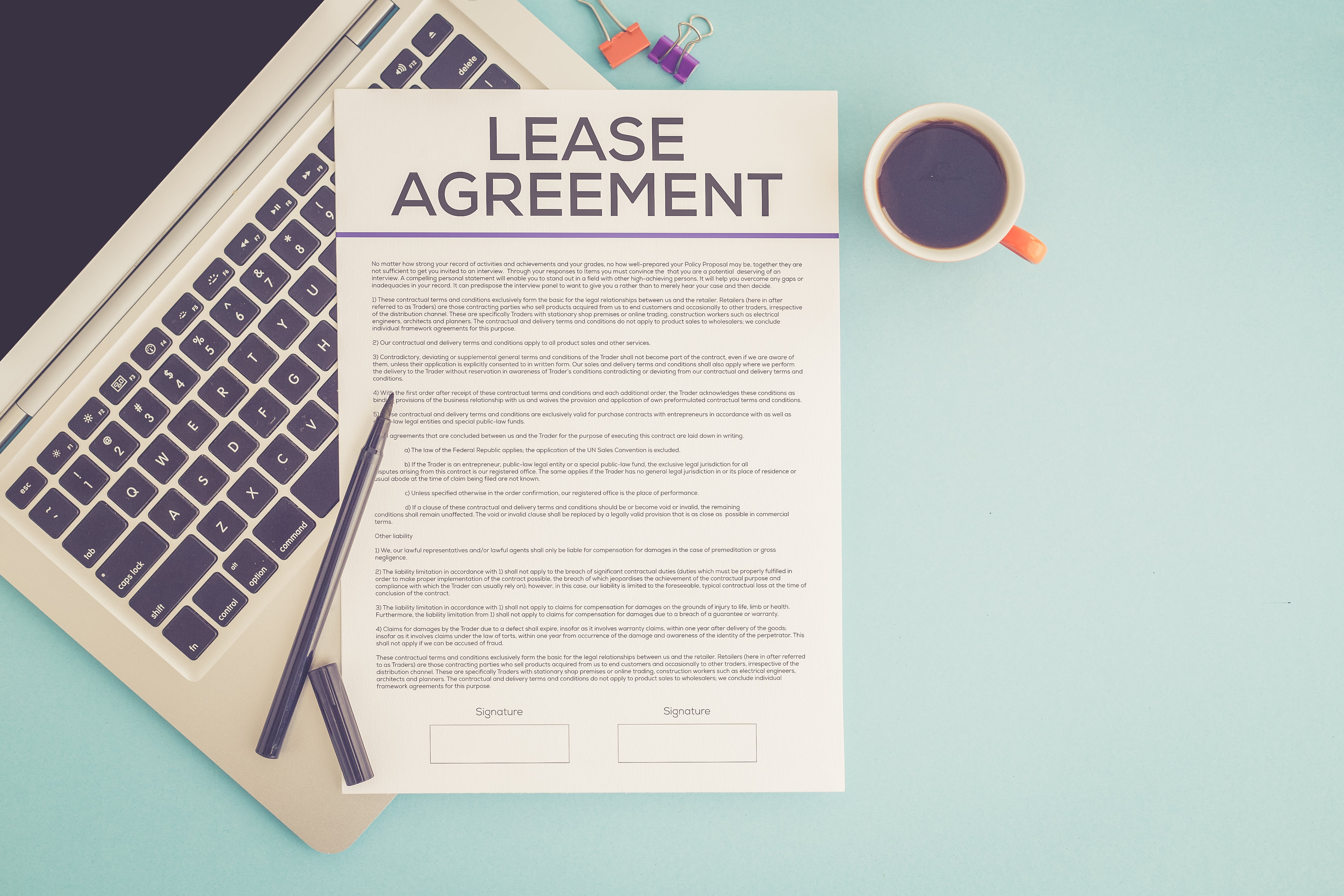
Tenant Relations
Serve notices professionally, explain next steps, and respond promptly to questions. Empathy and clarity reduce conflict and vacancy risk.
Record Keeping
Maintain organized files for notices, the lease, and communications. Consider using your Owner Portal for statements and documentation.
Conclusion
Serving notices in Florida requires precision . By following the steps above, citing the correct statutes, and documenting everything, landlords and real estate professionals can protect their interests and remain compliant with a court order.
Need Help with Posting a Notice in Florida?
Allegiant Management Group specializes in compliance, tenant relations, and stress-free property management—including notice posting and eviction coordination.
We also offer à la carte services for one-off tasks like notice posting. Contact Allegiant
Frequently Asked Questions (FAQs) on Serving Legal Notices in Florida
What are the main types of notices landlords must serve in Florida?
Florida landlords commonly use: 3-Day Notice to Pay or Quit (nonpayment), 7-Day Notice to Cure (violations), 7-Day Unconditional Quit (serious breaches), and 15-Day Notice to Vacate (month-to-month termination).
How do I properly serve a 3-Day Pay or Quit notice?
Serve by personal delivery, posting at the unit if the tenant is unavailable (with photos), or certified mail (return receipt). The 3 days exclude Saturdays, Sundays, court-observed legal holidays, and the day of service (see Fla. Stat. §83.56(3)).
What happens if a tenant doesn’t comply with an eviction notice?
You can file an eviction lawsuit. If you prevail (or the tenant defaults), the clerk issues a Writ of Possession and the sheriff posts 24-hour notice before restoring possession (see §83.62 excerpt in the Florida House link above).
How much notice must I give before entering a rental unit?
At least 24 hours’ notice for non-emergency repairs, and entry must occur between 7:30 a.m. and 8:00 p.m. (Fla. Stat. §83.53(2)).
Can a tenant dispute an eviction notice?
Yes. Tenants can raise defenses like improper notice, retaliation, or uninhabitable conditions. Keep strong records of lease breaches, service, and communications.
What’s the correct way to calculate notice periods?
Exclude the day of service. For 3-Day Pay or Quit notices, also exclude Saturdays, Sundays, and court-observed legal holidays. Other notices may include weekends/holidays unless the lease states otherwise.
What if a tenant refuses to leave after an eviction order?
Request a Writ of Possession; the sheriff serves 24-hour notice and may remove the occupant if they remain.
What are the consequences of serving an invalid notice?
Delays, dismissal, or additional costs. Courts may require you to restart the process, extending the tenant’s occupancy.
How can landlords avoid legal issues when serving notices?
Use accurate language, serve properly, follow deadlines, and keep records. Certified mail and photo documentation help. Consult a Florida property-management attorney when needed.
Can I email or text a legal notice to a tenant?
Email or text typically does not satisfy statutory service. Use personal delivery, posting, or certified mail to avoid disputes.
Disclaimer: This content is for informational purposes only and does not constitute legal advice. Florida landlord-tenant laws change. Consult a qualified attorney for guidance specific to your situation.


